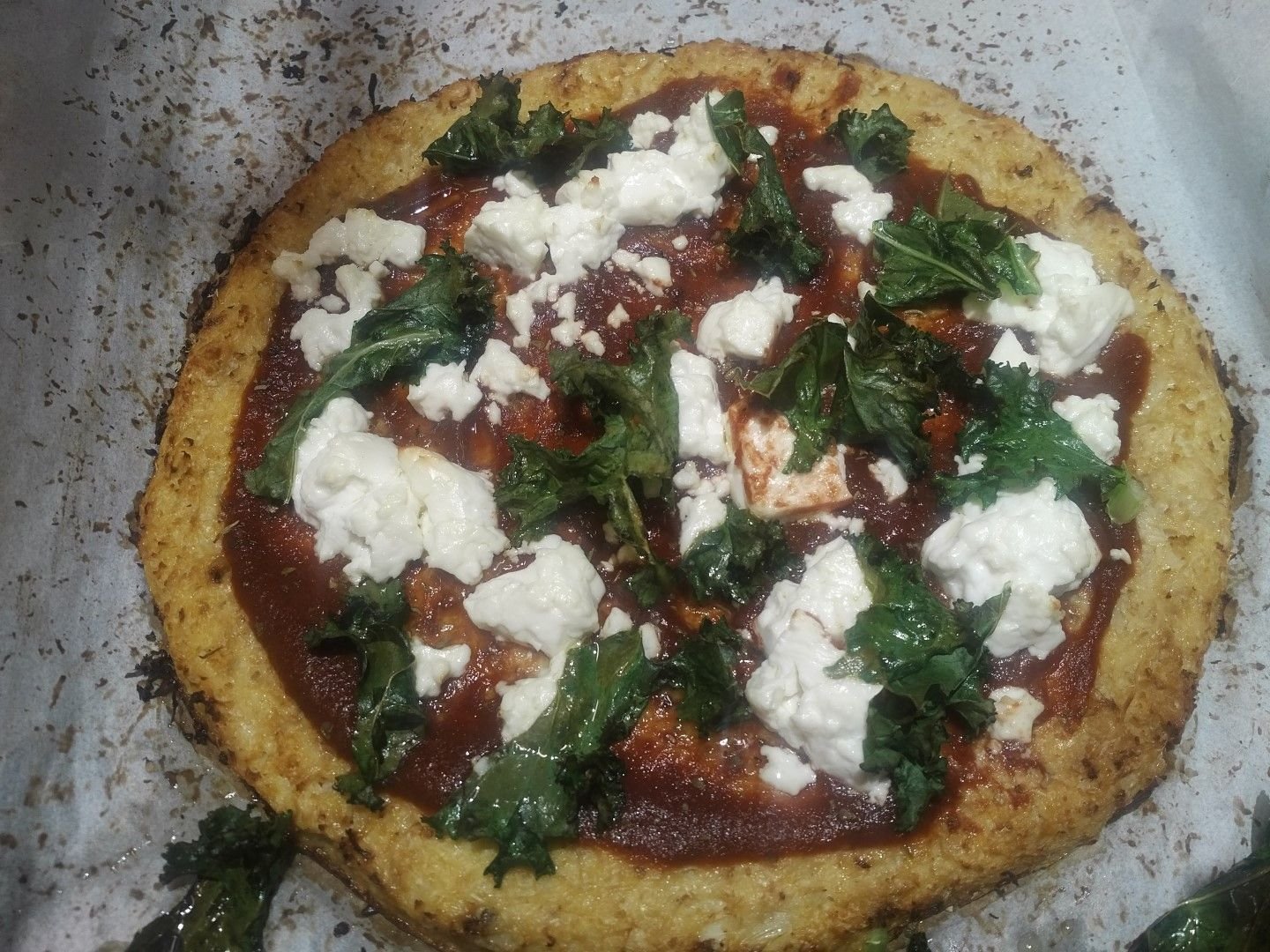One of the challenges of eating a plant-based diet and trying to stay away from white flour foods (mainly wheat) is the fact that this will most probably lead to cravings, especially when you first embark on this lifestyle choice. Although with time the cravings (which mostly come from the sugar rush) will go away, what should you do in the meantime? Eating a slice of pizza with a white flour base crust is still ok, very occasionally, but personally my stomach now feels the difference and I prefer to stay away from the ensuing insulin rollercoaster which leads to cravings for more food soon afterwards.
For some people, staying away from gluten is also a necessity and so they need alternatives to be able to still enjoy and mimic the original foods their eyes still crave for. Eating gluten-free has become more of a fashion trend than a necessity for some however. I do not advocate staying away from gluten altogether for a host of reasons. Among other things, recent research shows that it might not be the gluten itself people might be allergic to, but the fructan. In fact it is estimated that only 1% of the population is actually suffering from coeliac disease (i.e. gluten allergy), whereas as many as 13% may experience symptoms such as bloating after eating wheat containing foods as a reaction to the fructan, rather than the gluten as was believed until now.
Having said this, regardless of the gluten, what we can all agree on is that a plant-based diet is the healthy way to go and finding new ways of introducing even more vegetables in our everyday lives can only be a good thing! In the UK, as in other parts of the world, the debate is now whether instead of the 5-a-day (5 portions of fruit and vegetable a day) recommended so far, the new guidelines should be 7-a-day with most of the portions being vegetable rather than fruit.
With this in mind, I went in search of a new recipe for pizza. Why pizza? Well, for some reason over a short period of time I kept seeing people preparing, eating or talking about pizza and the cravings started. I am not a big pizza eater, and the more I got away from wheat based foods the more I suffered after re-introducing them into my diet, so how to satisfy this sudden craving while sticking to my plant-based diet? I found several recipes online for Cauliflower Pizza Crust, but none of them ticked all my boxes, so I modified them and produced my own easy version of Cauliflower Pizza Crust. Even I was pleasantly surprised by the result.
I will admit I used the ingredients that I had in my fridge at the time (feta cheese and kale) rather than more “traditional” ones, and the result was beyond my expectations. There is no reason why you can’t replace the kale with spinach or peppers or other vegetables and tailor it to your taste, however bear in mind that the cooking times for some of these might change and you might need to pre-roast the peppers or cook the spinach for a shorter time! Don’t be afraid to experiment. Remember the best recipes came about by accident!
Cauliflower Pizza Crust with Feta and kale
Ingredients (1 medium pizza)
For the crust:
1 head of cauliflower, without the stalk and leaves
80gm finely grated Parmigiano reggiano
1 egg
For the topping:
50 gm feta cheese (crumbled)
Kale leaves from 1 large stalk
100 gm tomato sauce
1 to 2 tsp oregano
Method
1. Wash the cauliflower head by soaking it in a mixture of water and bicarbonate for at least 10 minutes. Then drain thoroughly.
2. Take a large stalk of kale and separate the leaves from the stalk. Wash the leaves as per the cauliflower. Pat dry with some kitchen towel or allow to drain properly before using.
3. Breakdown the cauliflower into small florets and place in a blender. Blend until you get a rice like consistency.
4. Put the blended cauliflower in a tea towel or muslin cloth and squeeze to remove any excess liquid. The more you do this the crispier the crust will be.
5. Line an oven tray with greaseproof paper and spread out the cauliflower evenly. Bake for approximately 20 minutes at 180 °C until it begins to brown.
6. Remove from the oven and allow to cool enough to handle with your hands.
7. In a bowl mix the cauliflower, cheese and the beaten egg with a fork.
8. Using your hands turn the base mixture into a ball and place on the oven tray. You can make it about ½ cm thick to get a thin and crispy base, or thicker so it resembles Neapolitan style pizza, shaping it to a round shape.
9. Return the base to the oven for a further 20 minutes.
10. Take out of the oven and add the toppings: Spread the tomato sauce over the base with the help of a tablespoon, then dot around the crumbled feta and small pieces of kale. Sprinkle with oregano and return to the oven until the kale crisps and the feta begins to melt (approx 5 to 8 minutes). Serve hot!
It takes a little while but far less than a regular home-made bread based pizza and it is much healthier. It also stored well in the fridge and was easy to pop back in the oven to warm up the next day.
In the meantime I have had another idea for a healthy pizza base which should be quicker and closer to the original, using legumes. But more of that in another post!
Happy eating!


